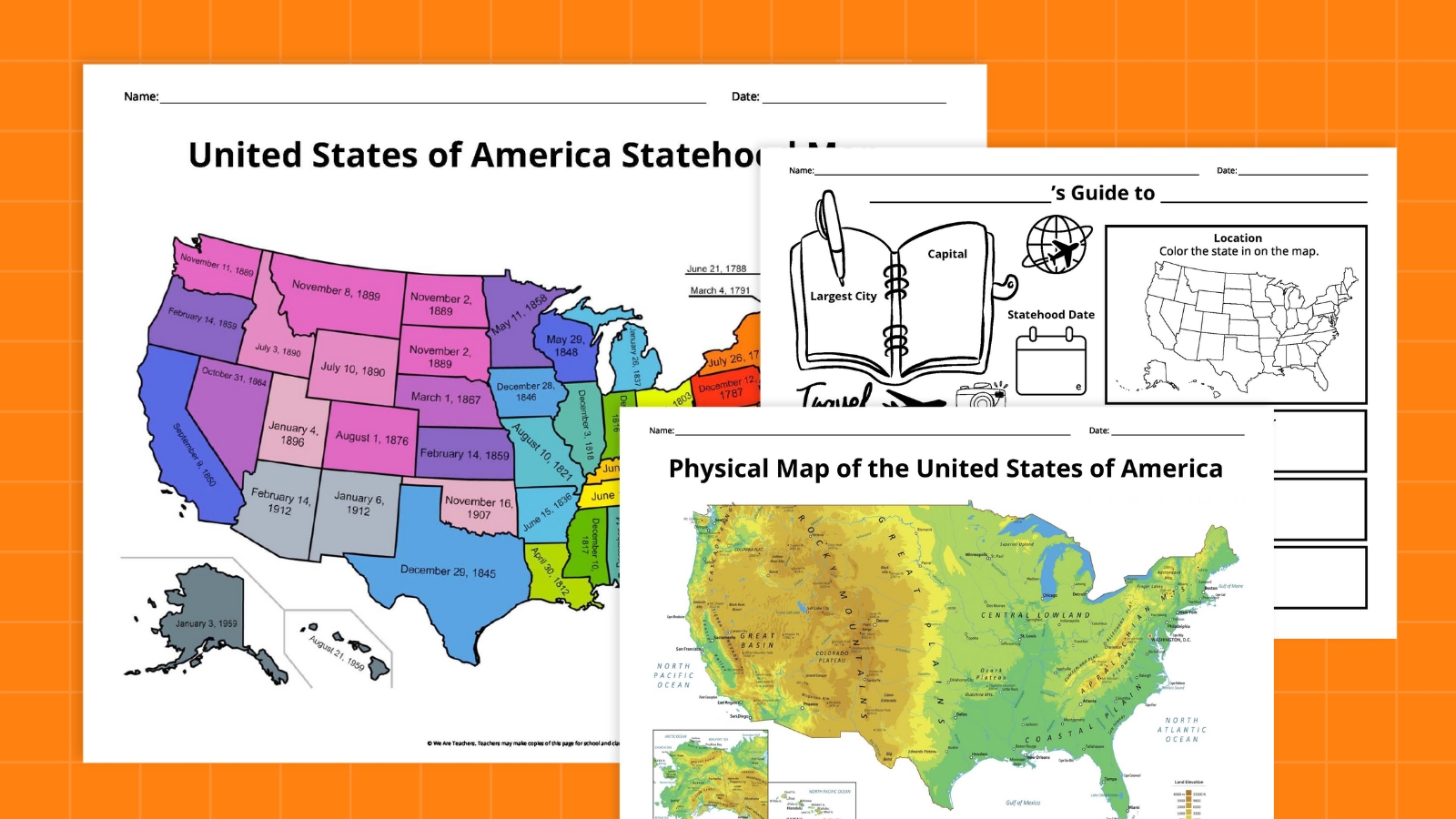Marketing educators face the challenge of equipping students with practical skills that reflect current industry trends. One trend is the integration of generative artificial intelligence (GenAI) into digital marketing practices. To address this, I designed an assignment for my online, college-level Fundamentals of Marketing course that teaches business students the essentials of branding and social media strategy and provides hands-on experience with GenAI tools. The assignment, “Write a Style Guide and Use GenAI to Write Social Media Posts,” is an engaging way for students to apply marketing principles in a real-world context. The learning objective for the assignment is for students to generate engaging social media posts that adhere to a style guide, effectively aligning with a brand’s identity while reflecting on the process of using GenAI in content creation.
Assignment Details
The students are tasked with creating a detailed style guide for a real company, Fitness Formula MN, a boutique personal training, pilates training, and nutritional coaching business. I interviewed the owners of Fitness Formula MN and learned they were struggling with how much time it takes to write and post social media content. They sought assistance with engaging their Facebook and Instagram audiences and differentiating social media content for each audience. Fitness Formula MN’s mission is to “help real people be strong, healthy, feel good, and transform their lifestyles by bringing the personal back into personal training” (“Fitness Formula”, 2024). The primary goal of their social media strategy is to increase their number of personal training clients.
The assignment created a bridge between academia and business (Rohm, 2019), and emphasized active learning by requiring students to develop a style guide (“Sprout Social”, 2024) and use GenAi tools such as ChatGPT, an AI tool owned by Open AI, to generate social media content for a real business. Before the students began working on their style guides, their textbook readings revolved around how social media keeps changing, how social media can generate publicity, the role of social communities, and how to use social media as a promotional marketing tactic (“Principles of Marketing”, 2015). The assignment was divided into several components. First, students used Fitness Formula’s website, Facebook, and Instagram to research and develop a style guide that included logo usage, brand colors, emoji usage, typography, and brand voice and tone (“Sprout Social”, 2024). Voice and tone had to include aspects such as whether the social media content should be cheerful, upbeat, funny, bold, or sarcastic. Then, they used their style guide to prompt the GenAI tool of their choice to generate ten social media posts for the Fitness Formula MN Facebook. They were asked to regenerate the ten Facebook posts until they were happy with them, and copy and paste the posts into a Word document. They were asked to repeat the same process for Fitness Formula MN’s Instagram. Finally, they reflected on the process, analyzing the effectiveness of GenAI-generated content and its alignment with the brand identity they had established with the style guide.
The second part of the assignment asked them to write 200-250 words describing insights into the process, effectiveness, and challenges faced using GenAI to write social media posts. Additionally, they were asked to analyze the effectiveness of GenAI in creating content that aligned with Fitness Formula MN’s brand identity. Finally, they were asked to address the ethical implications of using GenAI in content creation. They reflected on how using GenAI to create social media posts might change consumer engagement with social media and what ethical concerns might arise when consumers become aware that content is AI-generated.
Grading
The students were told I would choose some of the completed style guides and social media posts to send to Fitness Formula MN, with all names and identifiers deleted. Grading was based on several checklist grading criteria, including the comprehensiveness of the style guide (30 points), the creativity and engagement level of the social media posts (15 points for 10 Facebook posts and 15 points for 10 Instagram posts), and the depth of reflection in their essays (40 points). The students and I were surprised by how well GenAI differentiated Facebook posts from Instagram posts, especially how it used different hashtags, different emoji’s, and different writing styles. I individually told students when grading their assignments whether I sent their style guide and social media posts to Fitness Formula MN. The owners appreciated the different student-written style guides I sent them, as they had never used a style guide, and were amazed at the GenAI-created social media posts. They appreciated the breadth of topics the social media posts covered that were specific to their goal to increase the number of personal training clients.
Reflection and Next Steps
When I teach this course again, I will keep most aspects of the assignment, and make minor changes. Some students told me they do not use GenAI in their daily work or lives and need instruction on how to use it. I overestimated their GenAI knowledge base. Adding instruction on prompt engineering, especially specific prompt engineering for creating social media posts, will be important. Secondly, I will ask students to write a draft of a style guide, give them feedback on it, and then ask them to write a final style guide. Creating the style guide is an effective way to have students critically examine an existing website, especially its voice and tone, language and grammar, use of hashtags, and how the content should or should not mention competitors. Finally, I will clarify that the style guide should be written with no assistance with GenAI. I was not clear on my expectations that I want the style guide to be completely human-written.
Overall, students gained practical experience with cutting-edge technology that is increasingly used in marketing (Bruns & Meißner, 2024). Students could see for themselves how GenAI can be used to streamline content creation, compare and contrast posts created for two different social media platforms, and grapple with the ethical implications of using GenAI to create social media content. Additionally, the assignment allowed students to choose the GenAI tool they felt most comfortable using. Some students were surprised by the high quality of the AI-generated content and also expressed concerns about the potential for AI to depersonalize social media interactions. It is important to maintain authenticity in marketing (Bruns & Meißner, 2024) and prioritize GenAi as a tool to assist, rather than replace, human creativity (Pearce & Littlejohn, 2017).
Dr. Molly Wickam is a program director and professor of education & business/leadership at Bethel University, St. Paul, MN.
References
Bruns, A. (2019). Social media: Key principles for building brand loyalty. Routledge.
Brüns, J. D., & Meißner, M. (2024). Do you create your content yourself? Using generative artificial intelligence for social media content creation diminishes perceived brand authenticity. Journal of Retailing and Consumer Services, 79, 103790.
Fitness Formula MN. (2024). Be healthy. Be strong. Feel good. https://www.fitnessformulamn.com/
Pearce, W. B., & Littlejohn, S. W. (1997). Moral conflict: When social worlds collide. Sage.
Principles of marketing. (2015). University of Minnesota Libraries Publishing. https://open.umn.edu/opentextbooks/textbooks/principles-of-marketing
Sprout Social. (2024). How to create a social media style guide: 10 things to include. https://sproutsocial.com/insights/social-media-style-guide/
Rohm, A. J., Stefl, M., & Saint Clair, J. (2019). Time for a marketing curriculum overhaul: Developing a digital-first approach. Journal of Marketing Education, 41(1), 47-59. https://doi.org/10.1177/0273475318798086
The post Teaching Marketing Students to Create GenAI-driven Social Media Content appeared first on Faculty Focus | Higher Ed Teaching & Learning.
Marketing educators face the challenge of equipping students with practical skills that reflect current industry trends.
The post Teaching Marketing Students to Create GenAI-driven Social Media Content appeared first on Faculty Focus | Higher Ed Teaching & Learning. Effective Teaching Strategies, AI in the classroom, GenAI, teaching Faculty Focus | Higher Ed Teaching & Learning








